Situation of the Taiwan's Disabled Kinds
The current situation of the familiesof the physically and mentally handicapped Difficulties faced by families of
the physically and mentally handicapped
Image Source: Microsoft
Image Source: Microsoft
According to the statistics of the Ministry of Health and Welfare, there were 1.198 million people in Taiwan who have a handbook for physical and mental disabilities, which is 5.1% of the total population by the end of March in 2021. In addition, the Department of Health and the Labor Committee of the Executive Yuan conducted "Survey Project on the Living Needs of People with Disabilities in Taiwan and Fujian Provinces” in Taiwan Province, Taipei City, Kaohsiung City, Fujian Province's Kinmen County, and Lianjiang County in 1989, here is a summary of the survey results as follows:
Firstly, the male stands the more disabled population than female. Secondly, approximately 70% of the disabled have an education level below elementary school or junior high school. Lastly, the age level is divided into three conditions. The visually impaired, hearing impaired, and dementia tend to be older; mentally retarded and autistic patients are in infancy or pre-adolescence; other barriers are mainly the middle-aged or working-age population.
Firstly, only half of the physically and mentally handicapped living in homes can take care of themselves independently; 7.5% still live in public and private penitentiaries. Secondly, the main caregivers of the physically and mentally handicapped who live at home are spouses, followed by mothers. Lastly, around 30% of the families with disabilities spend NTD $30,000 to $40,000 per month; around 46% of the families with disabilities are unable to make ends meet; around 46.1% of the families with disabilities receive a home living financial subsidy from the government.
Firstly, there are still a small number of people with disabilities who do not participate in health insurance (about 0.3%). Holders of health insurance cards use an average of 4.7 cards per year. The proportion of hospitalizations is 27% among the people with disabilities who participate in the health insurance, and the average number of hospitalizations per year is 2.6. Secondly, more than 40% of people with disabilities have the concern of not being able to afford the medical expenses or cannot complete the registration procedures independently; there is also one-fourth of people with disabilities concerned about the transportation problem, or do not know the way to find a doctor. Thirdly, 22.1% of people with disabilities had accidents in the past years. Among the accidents, the hearing impaired had the highest proportion of accidents, followed by visually impaired persons. Lastly, people with disabilities believe that the government should give priority to medical assistance, followed by regular free health check-ups.
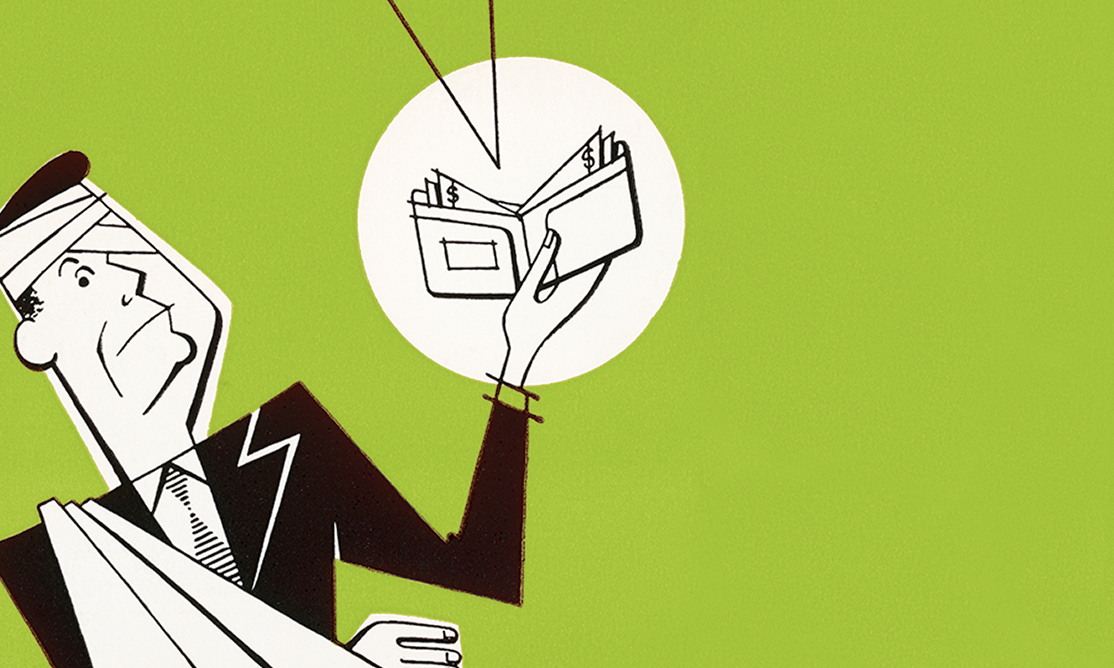


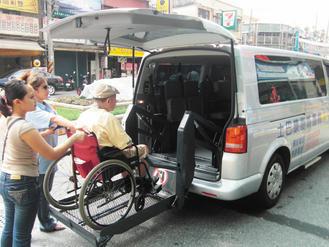
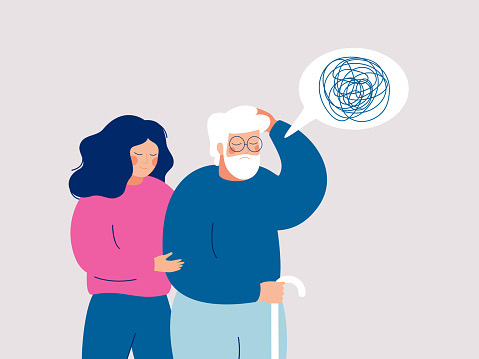
Image Source: PNGKIT
Image Source: iStock
Image Source: Edge Advisor
Image Source: Shutterstock
Image Source: Yu-Cheng Social Welfare Foundation
Image Source: 元氣網
Firstly, among the population with physical and mental disabilities over the age of fifteen, 19.1% are employed and 5.0% are unemployed; 75.9% are non-laborers, of which 34.9% are unable to work due to severe physical disabilities. Secondly, among the disabled employees, relatives and friends introduce the most employment methods, followed by self-applying. In addition, most are engaged in non-technical and service industries. Thirdly, more than 50% of the disabled who are employed have small factories with less than ten people in their workplaces. The average monthly salary of employed persons with disabilities is about NTD $25,881; the average working hours per week is 49.1 hours, and the number of overtime hours is 1.1 hours. Fourthly, the most common proportions of barrier-free facilities in the workplace are wheelchair ramps, handrails, and electronic voice broadcast systems. The proportion of other barrier-free facilities is less than 10%. The improvement projects and scope of the workplace still need to be strengthened. Moreover, the biggest subjective problem for the disabled in the workplace is feeling that the jobs are insecure. More than 60% of the currently unemployed people with disabilities want to work in a type of getting off work with a monthly salary. Lastly, more than 90% of the physically and mentally disabled have not received vocational training. The majority of the ones who are willing to receive vocational training want to learn the skills involving computers in the business service industry.
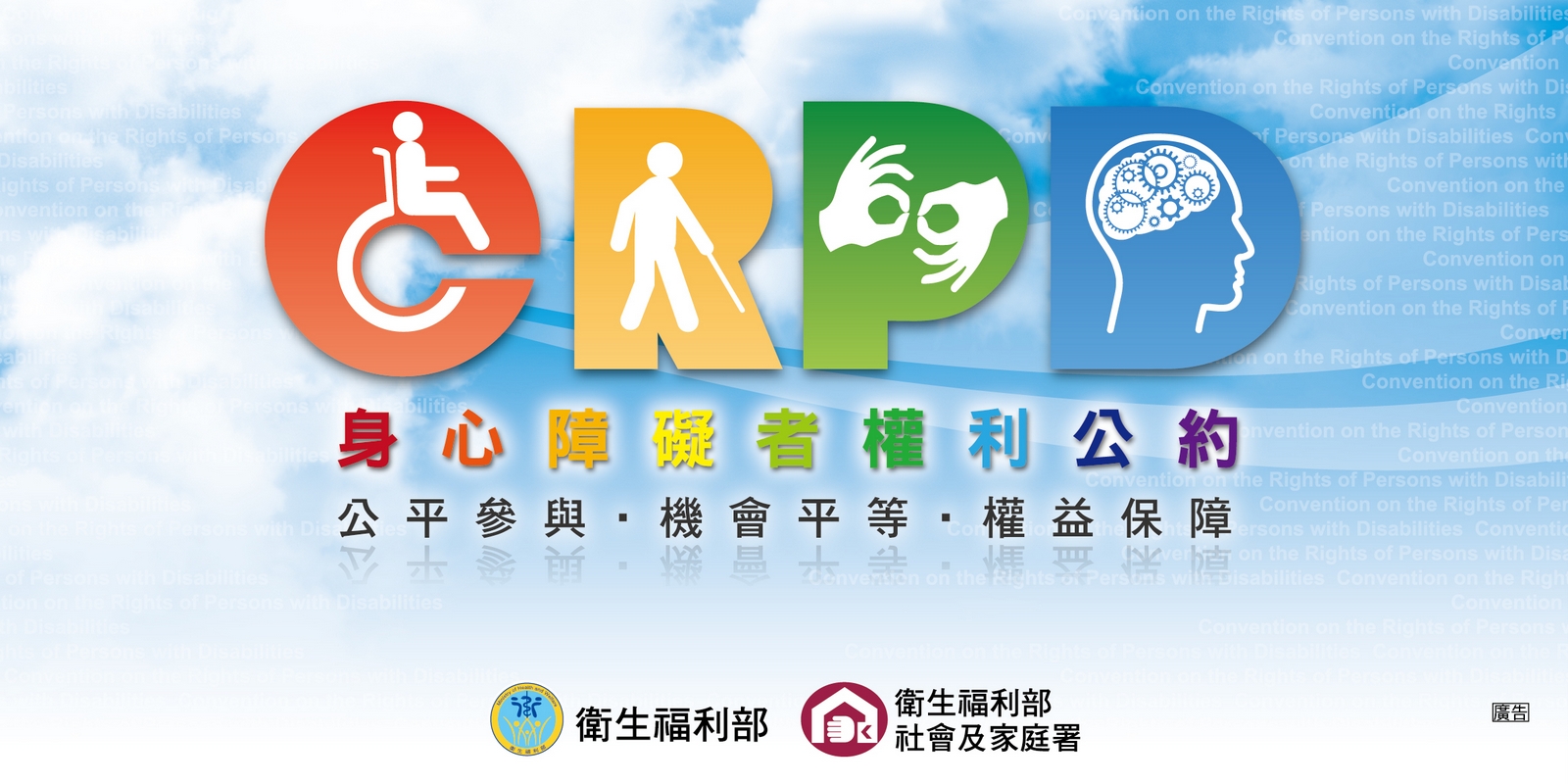

Image Source:
Taipei Detention center, Agency of Corrections, Ministry of Justice
Image Source: Parents Association for Persons with Intellectual Disability, Taiwan
Disability is a kind of pressure on the parties and the family. Family activities and the life of the whole family focus on the disabled while ignoring the physical and mental state and social life of other family members.

If parents are physically and mentally handicapped, they feel inferior in terms of their income and family life quality; and they feel guilty for not being able to participate in their children's activities. Also, parents only pay attention to the children of the physically and mentally handicapped, ignoring the healthy children, which causes misunderstandings due to the lack of interaction between parents and children. The children ignored may even feel pressure, thinking that they must be considerate of their parent's hard work and help taking care of the handicapped children.
Since the physically and mentally disabled are more male than female and mostly younger people, they can only engage in lower-income jobs and cannot afford to pay for family expenses. Also, the long-term medical expenses, transportation, and meal expenses, and the monthly subsidy of NTD $3000 to $6000 provided by the government are not enough to cover the expenses.
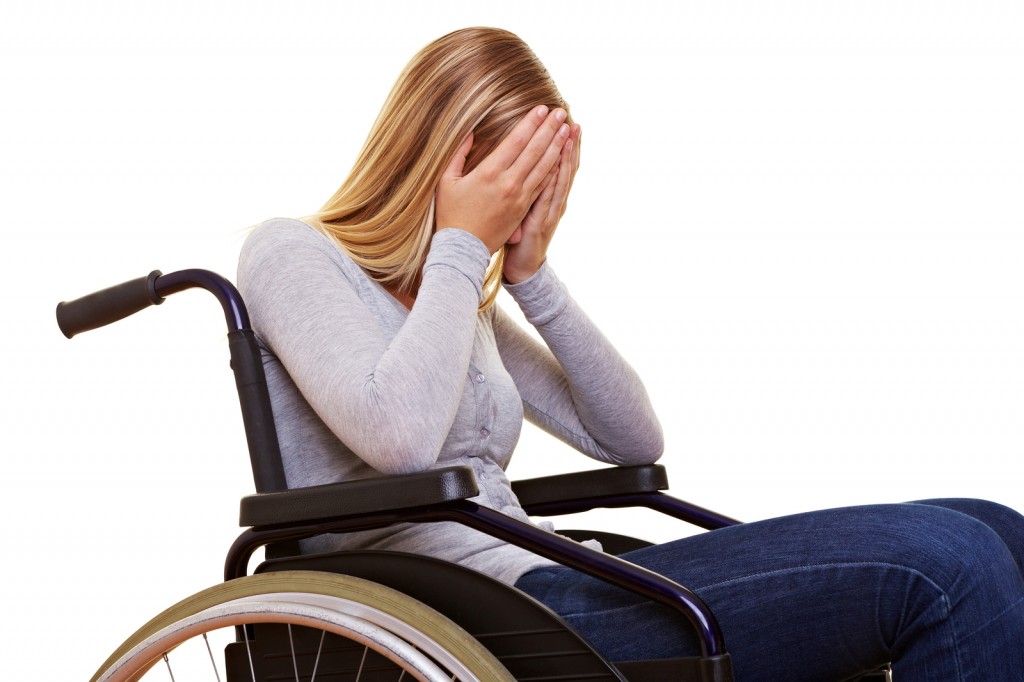
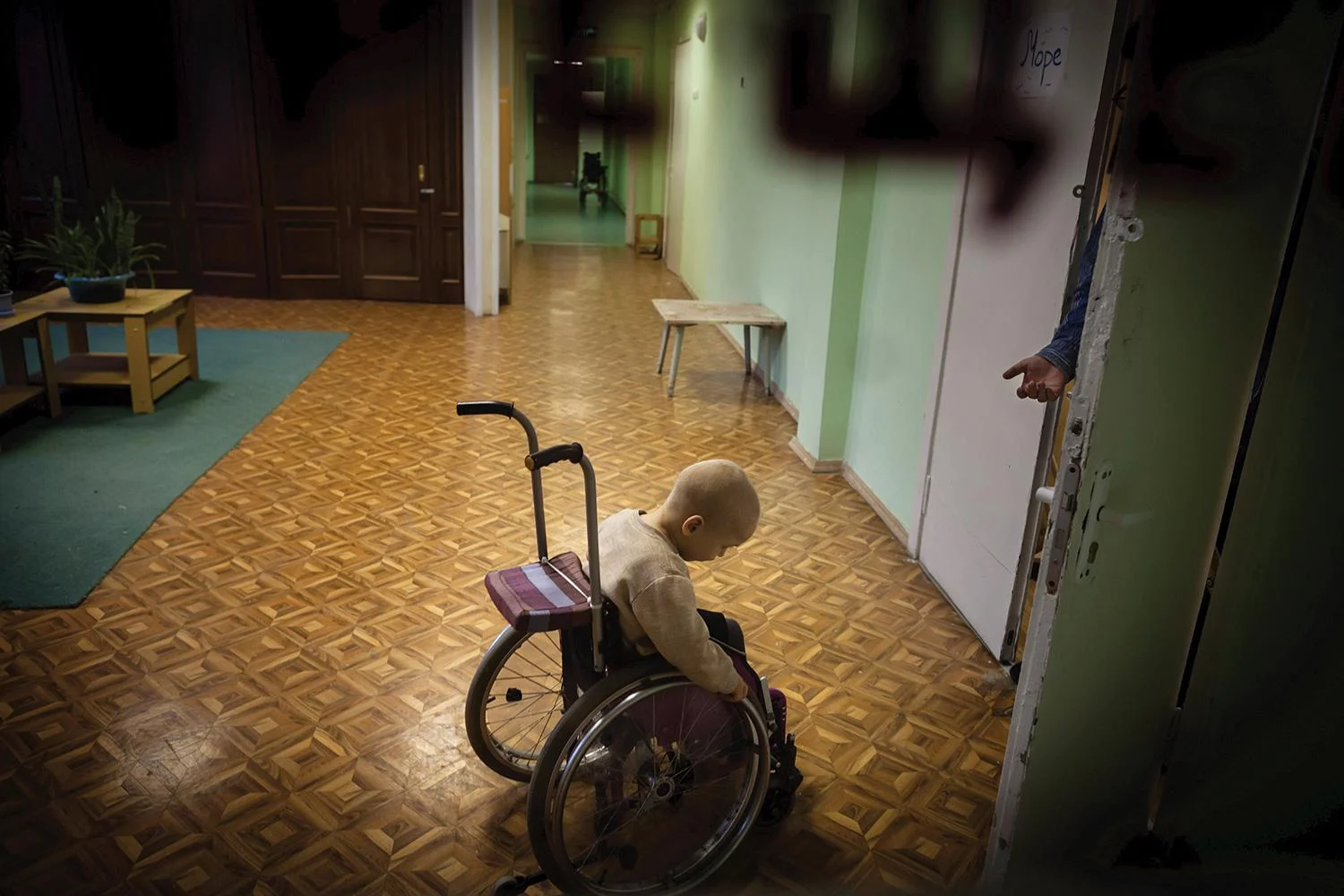

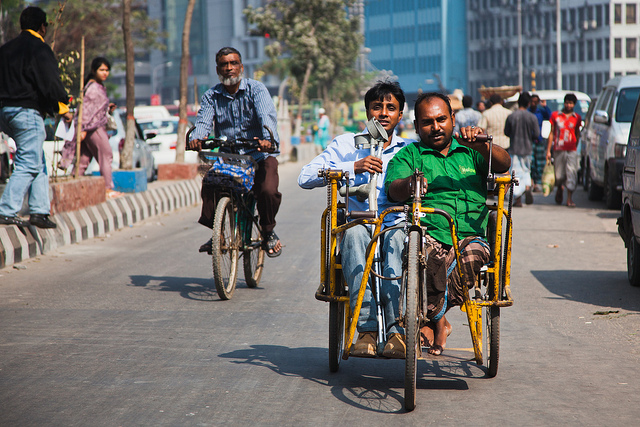

Image Source: YCNEWS
Most of the physically and mentally handicapped people living in homes are unable to take care of themselves and must rely on their family members to take care of them. Therefore, they endure strong pressures due to insufficient medical care knowledge, housework, and patient care. Also, choosing high-quality equipment and professional medical institutions among the uneven nursing institutions is a major problem for the physically and mentally handicapped who live in public and private correctional institutions.
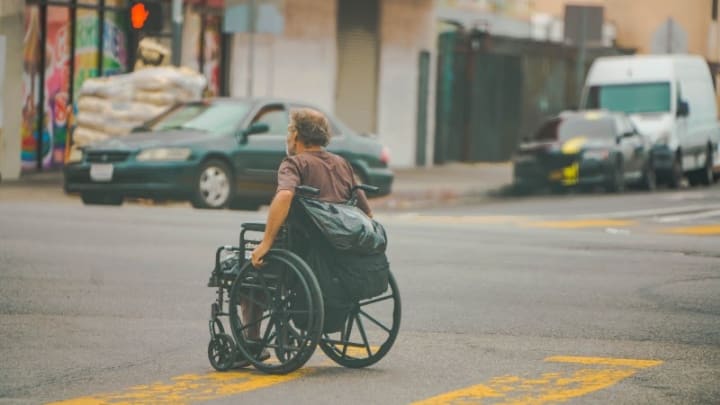

Image Source: 獨立評論
Image Source: N.A. Le Brun
Image Source: Hardin Law
Image Source: Human Rights Watch
Image Source: The Borgen Project
Image Source: Devex
Image Source: VerginiaPremier
To take care of the physically and mentally handicapped, the government has enacted the Law on the Protection of the Handicapped to protect the rights and interests of people with disabilities in education, medical care, care, employment, etc., and also exempt the severely injured and sick from part of the burden in terms of health insurance measures. There are also benefits such as license tax exemption, disability allowances, subsidies for living aids, etc., but these measures are not enough for families with disabilities who have difficulties in finding employment, requiring long-term hospitalization, or paying additional medical consumables. Furthermore, families of persons with disabilities are not clear about the channels of assistance, nor do they know what benefits can be obtained. The lack of initiative, lack of publicity, and lack of social workers can make families of persons with disabilities feel isolated and helpless.
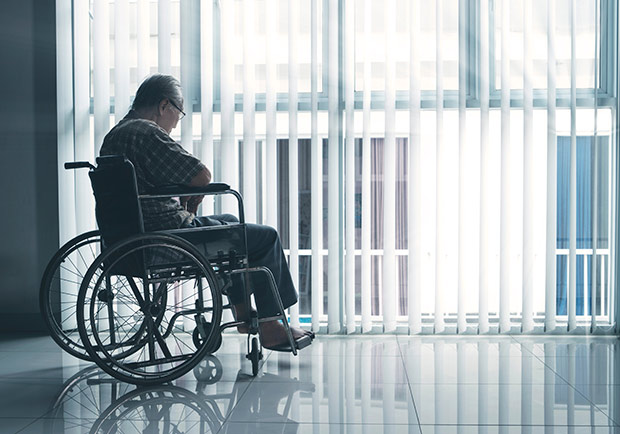
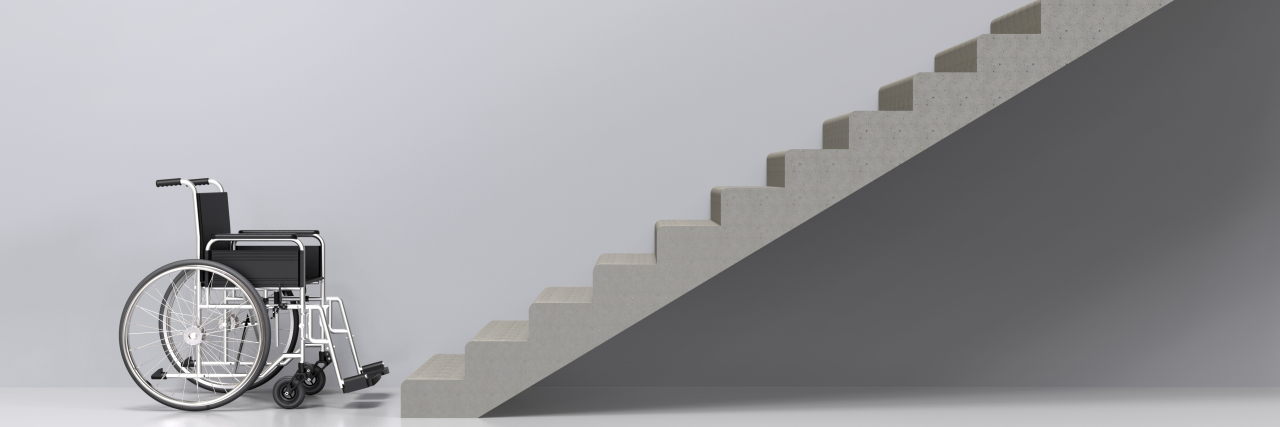
Image Source: 健康遠見